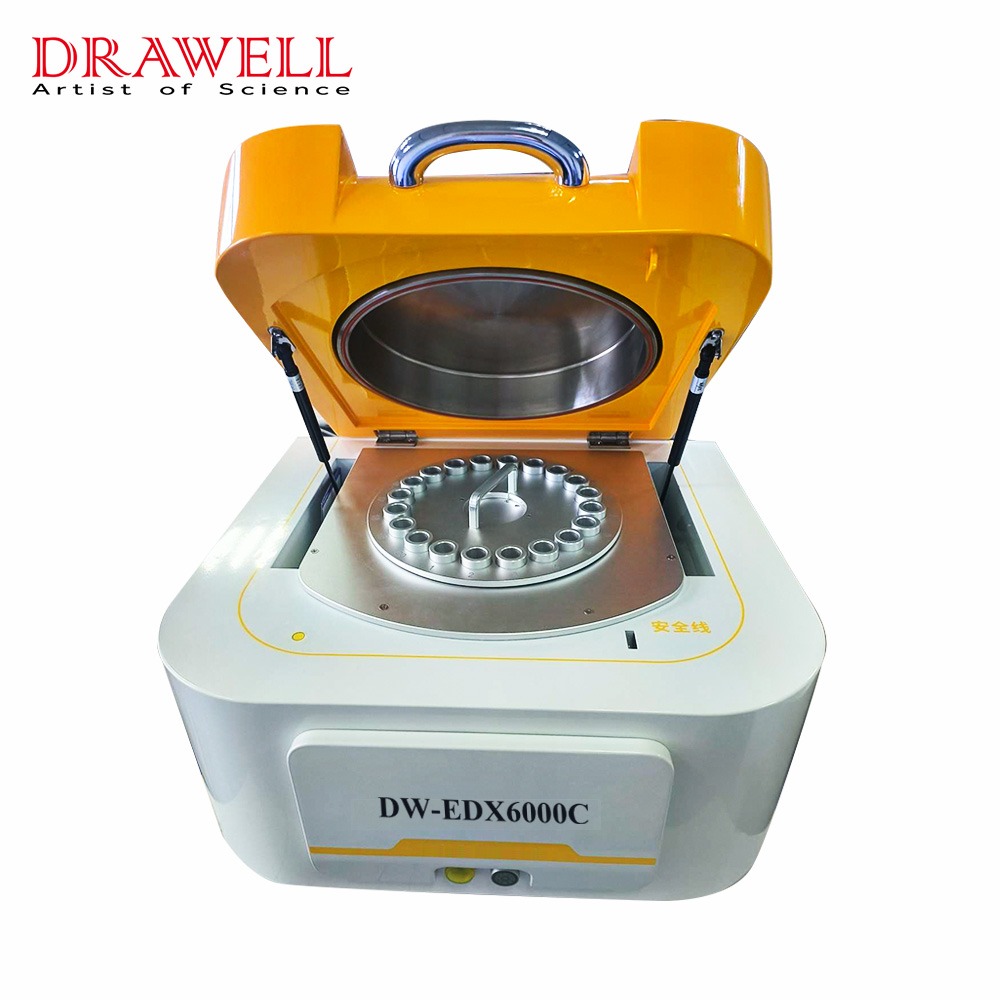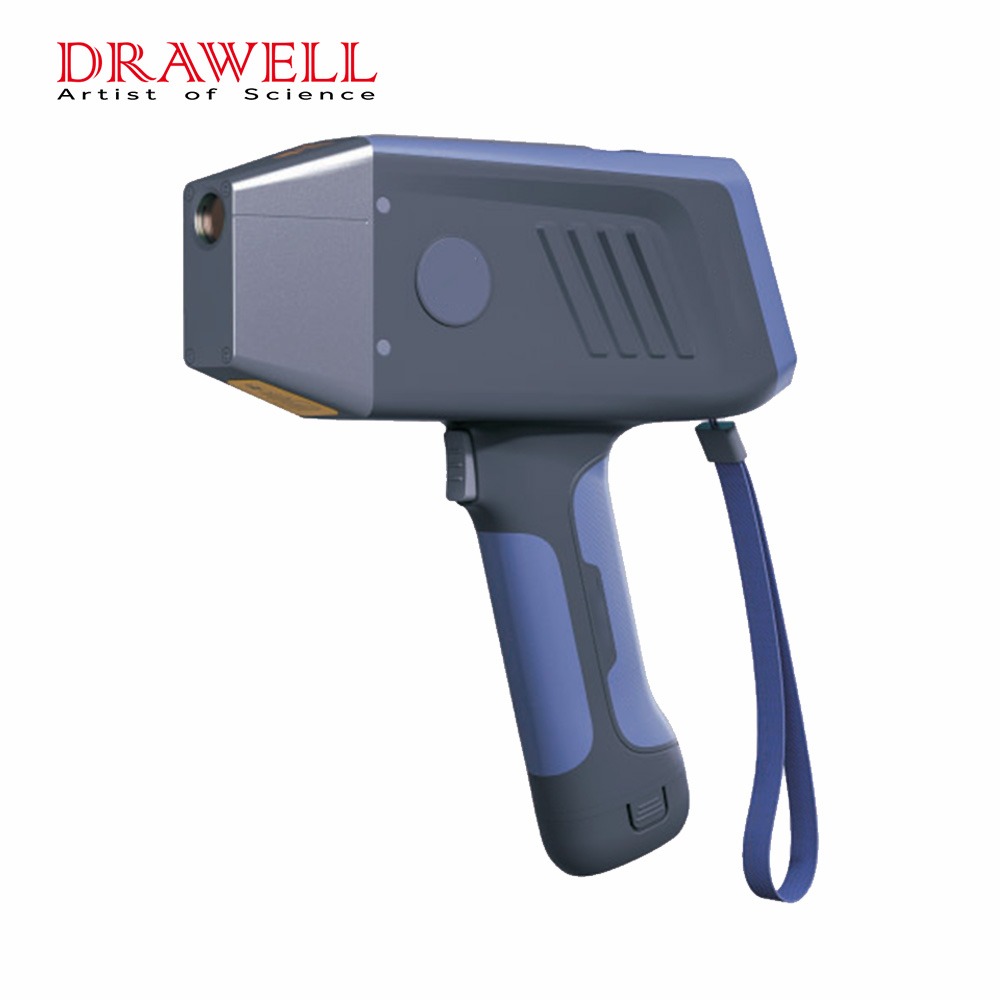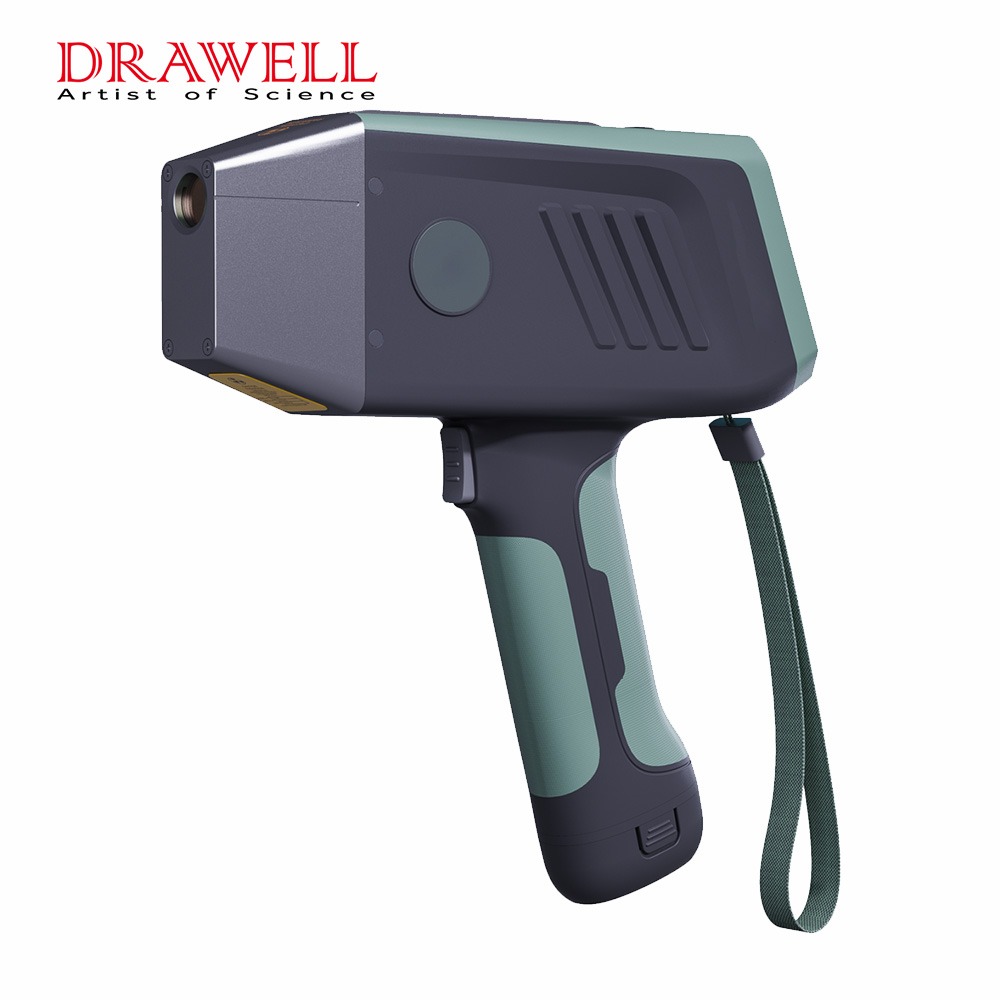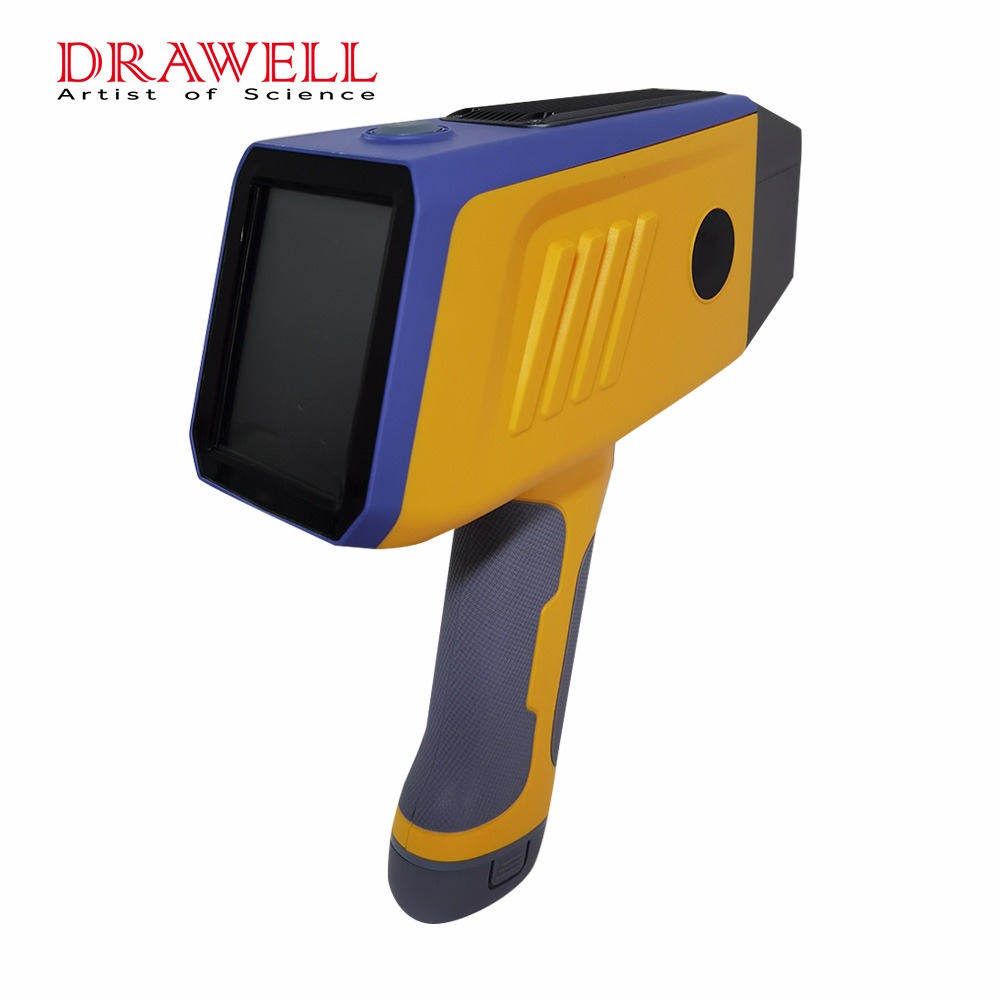Gold, a timeless symbol of wealth and beauty, requires accurate analysis to determine its purity and value. Traditionally, fire assay, a meticulous process involving high heat and harsh chemicals, dominated gold analysis. However, modern technology offers a faster, safer, and equally precise alternative – Benchtop X-Ray Fluorescence (XRF) spectrometry.
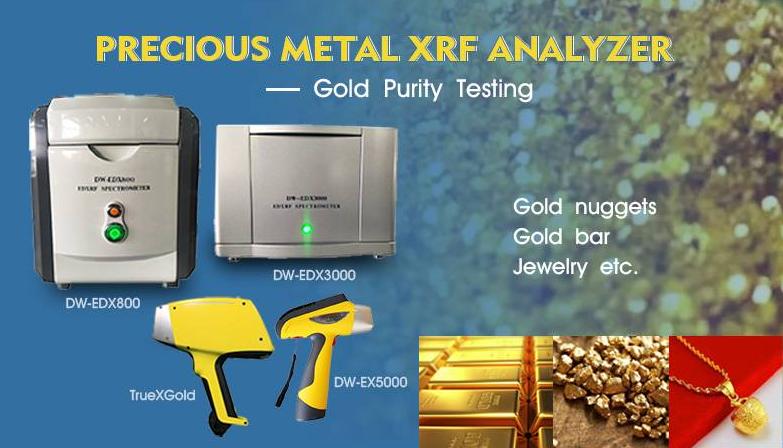
Why Using Benchtop XRF in Gold Analysis?
Traditional methods of gold analysis, such as fire assay and wet chemical analysis, present several challenges. These methods are time-consuming, often taking hours or even days to generate results. Additionally, they require skilled technicians and specialized equipment, leading to higher operational costs. Furthermore, traditional methods may involve hazardous chemicals and produce toxic waste, posing environmental and safety concerns. Moreover, these techniques may have limited sensitivity and accuracy, particularly when analyzing low concentrations of gold or complex sample matrices.
Advantages of Benchtop XRF instruments
Benchtop XRF (X-ray fluorescence) solutions have emerged as a valuable alternative to traditional gold analysis methods, offering numerous advantages in terms of speed, accuracy, and convenience. Here are the main aspects:
- Speed: Benchtop XRF provides rapid analysis compared to traditional methods. It can analyze multiple elements simultaneously in a matter of seconds, whereas traditional methods such as fire assay or wet chemical analysis may take hours or days to produce results.
- Non-destructive: Unlike fire assay or wet chemical methods, which often require destructive sampling, Benchtop XRF analysis is non-destructive. This means that the sample remains intact after analysis, allowing for further testing or resale.
- Ease of use: Benchtop XRF instruments are relatively easy to operate and require minimal sample preparation. Traditional methods may involve complex sample preparation techniques and specialized equipment.
- Portability: Benchtop XRF instruments are compact and portable, allowing for on-site analysis in mining operations, jewelry stores, or refineries. Traditional methods often require samples to be sent to a laboratory for analysis, which can be time-consuming and expensive.
- Accuracy and precision: Modern Benchtop XRF instruments offer high levels of accuracy and precision, comparable to traditional methods. They can detect trace elements at low concentrations, providing detailed information about the composition of the sample.
- Safety: Benchtop XRF analysis eliminates the need for hazardous chemicals or high-temperature processes associated with traditional methods like fire assay. This improves safety for operators and reduces environmental impact.
- Cost-effectiveness: While the initial investment in a Benchtop XRF instrument may be significant, the overall cost per analysis is often lower than traditional methods once factors such as labor, materials, and turnaround time are considered.
- Versatility: Benchtop XRF instruments can analyze a wide range of materials beyond gold, including other precious metals, alloys, and minerals. This versatility makes them valuable tools for a variety of applications in mining, manufacturing, and research.
Overall, Benchtop XRF analysis offers a faster, safer, and more cost-effective alternative to traditional gold analysis methods, making it increasingly popular in various industries.
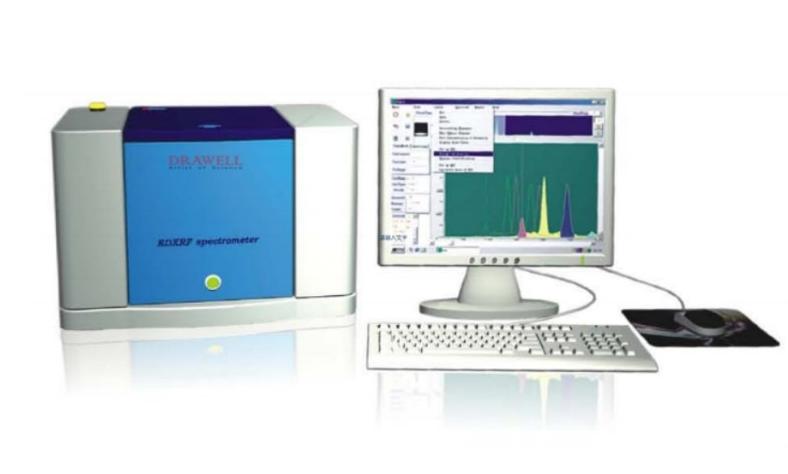
Applications of Benchtop XRF for Gold Analysis
In the case of gold analysis, a benchtop XRF analyzer emits X-rays onto the sample surface, causing the gold atoms to fluoresce and emit secondary X-rays. By detecting and measuring the energy and intensity of these secondary X-rays, the benchtop XRF instrument can determine the elemental composition of the sample, including the concentration of gold and other elements present. The entire process is rapid, typically taking only a few minutes to generate results. Therefore, it was widely used for gold analysis in various industries. Here are some applications:
Mining and Exploration: Benchtop XRF is commonly used in mining and exploration operations to determine the elemental composition of rock samples, soil, and drill core samples. It helps geologists and mining engineers assess the presence and distribution of gold and other valuable elements in potential mining sites.
Quality Control in Mining Operations: In operating mines, benchtop XRF analyzers are utilized for rapid quality control of ore samples. By analyzing the gold content in ore samples, mining companies can optimize their operations, ensure consistent ore quality, and make decisions regarding ore blending and processing.
Jewelry and Precious Metal Recycling: Benchtop XRF is employed in jewelry manufacturing and precious metal recycling industries for determining the purity of gold alloys and scrap materials. It enables jewelers and recyclers to accurately assess the gold content in various materials, ensuring compliance with industry standards and regulations.
Bullion and Coin Authentication: Bullion dealers, mints, and coin collectors use benchtop XRF for the authentication and verification of gold bullion bars and coins. By analyzing the elemental composition of these items, XRF spectrometers can identify counterfeit or adulterated products and ensure the integrity of precious metal investments.
Environmental Monitoring: Benchtop XRF instruments are utilized in environmental monitoring and remediation projects to analyze soil, sediment, and water samples for trace elements, including gold. This helps environmental scientists and regulatory agencies assess the impact of mining activities, industrial processes, and pollution on natural ecosystems.
Research and Education: Benchtop XRF is used in research laboratories and educational institutions for studying the geochemistry of gold deposits, conducting metallurgical research, and teaching analytical techniques to students. It provides a practical and accessible tool for analyzing gold and other elements in various sample types.
Art and Archaeology: In art authentication and conservation, benchtop XRF is employed for non-destructive elemental analysis of gold artifacts, sculptures, and historical objects. By determining the elemental composition of surface layers, conservators and art historians can gain insights into the manufacturing techniques and provenance of these artifacts.
Overall, benchtop XRF spectrometers play a crucial role in gold analysis across a diverse range of industries, offering rapid, accurate, and non-destructive elemental analysis capabilities.

Key Considerations in Benchtop XRF Gold Analysis
When performing gold analysis using benchtop XRF (X-ray fluorescence) spectrometers, several key considerations need to be taken into account to ensure accurate and reliable results. These considerations include:
Sensitivity and Accuracy: Benchtop XRF instruments vary in sensitivity and accuracy, depending on factors such as instrument configuration, sample preparation, and calibration. Understanding the detection limits and sensitivity of the XRF instrument for gold analysis is crucial, especially when analyzing trace levels of gold in samples. Lower detection limits typically require longer measurement times or optimized instrument settings, so it’s important to balance analysis time with sensitivity requirements.
Sample Preparation: Sample homogeneity and size can significantly impact the accuracy and precision of XRF analysis. Samples should be homogenized, free from contaminants, and presented in a suitable form for analysis, such as pellets or powders. It’s important to minimize sample heterogeneity and ensure that the sample surface is flat and smooth for optimal XRF measurement. While benchtop XRF analyzers offer non-destructive testing, adequate sample preparation is crucial for obtaining reliable results.
Data Analysis and Interpretation: Benchtop XRF instruments are equipped with advanced software for data analysis and interpretation. Users must be trained to interpret results correctly and understand the limitations of the technology, particularly in complex sample matrices or low-concentration measurements.
Operational Considerations: Factors such as instrument maintenance, calibration, and quality assurance procedures play a significant role in the reliability and accuracy of benchtop XRF analysis. Regular maintenance and calibration are essential to ensure consistent performance and minimize errors.

Conclusion
Benchtop XRF instruments have revolutionized the field of gold analysis, offering a fast, accurate, and non-destructive alternative to traditional methods. By harnessing the power of X-ray fluorescence technology, these compact instruments provide precise elemental analysis of gold samples in a fraction of the time compared to conventional techniques. While challenges such as calibration, sample preparation, and matrix effects must be carefully addressed, the benefits of benchtop XRF instruments make them indispensable tools for gold analysis in various industries. As technology continues to advance, benchtop XRF solutions are poised to play an increasingly vital role in ensuring the quality and integrity of gold products worldwide.





